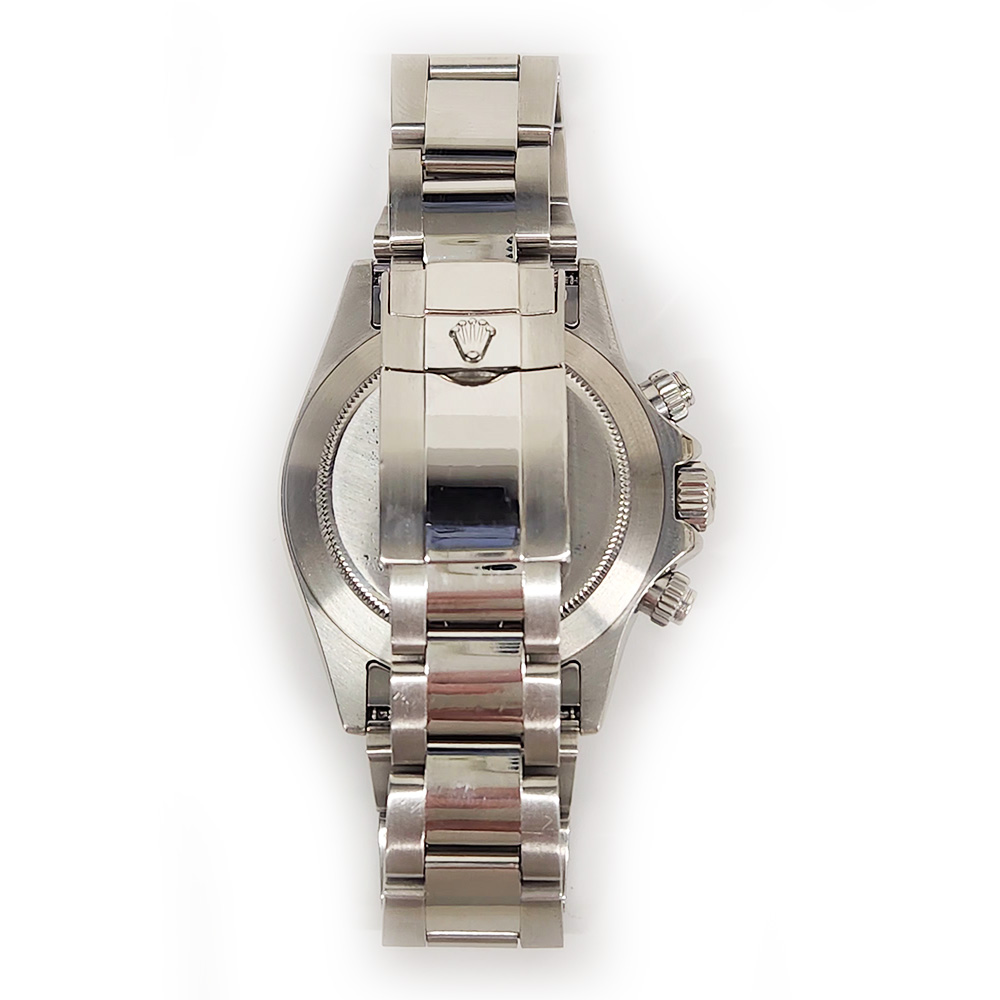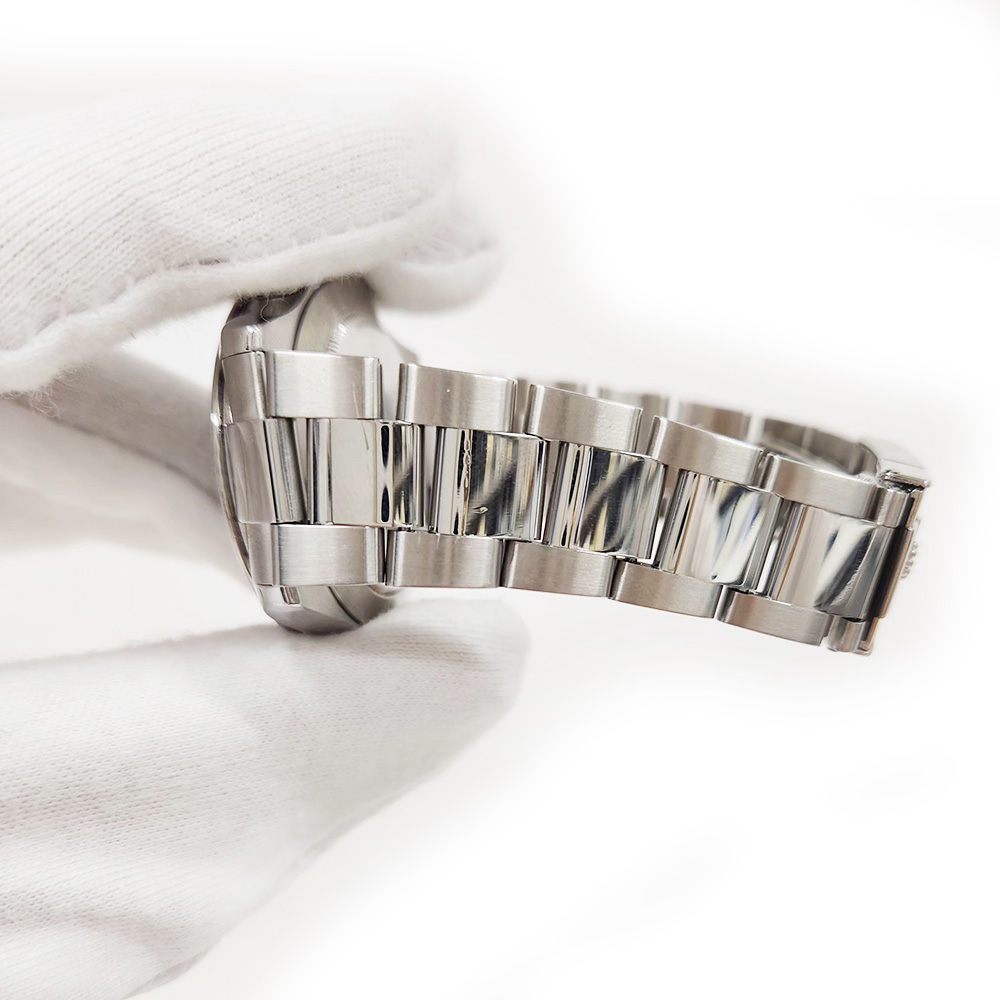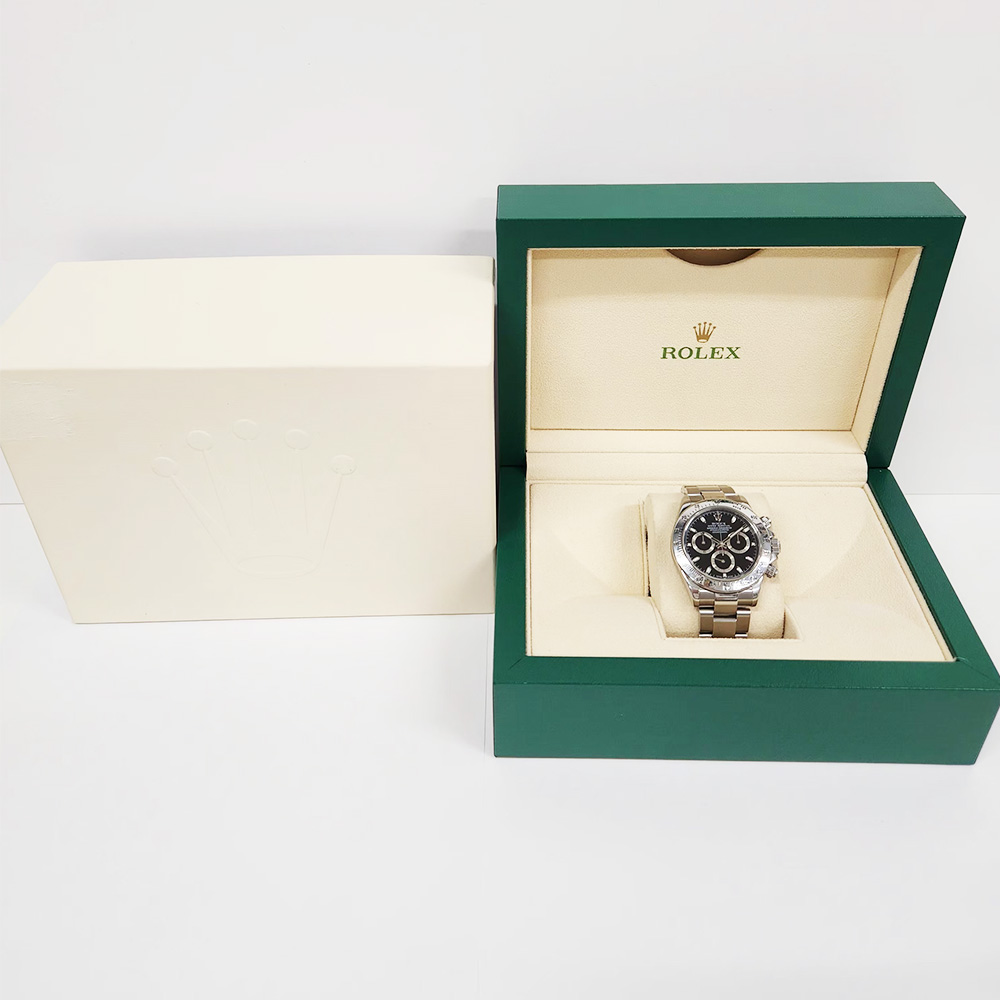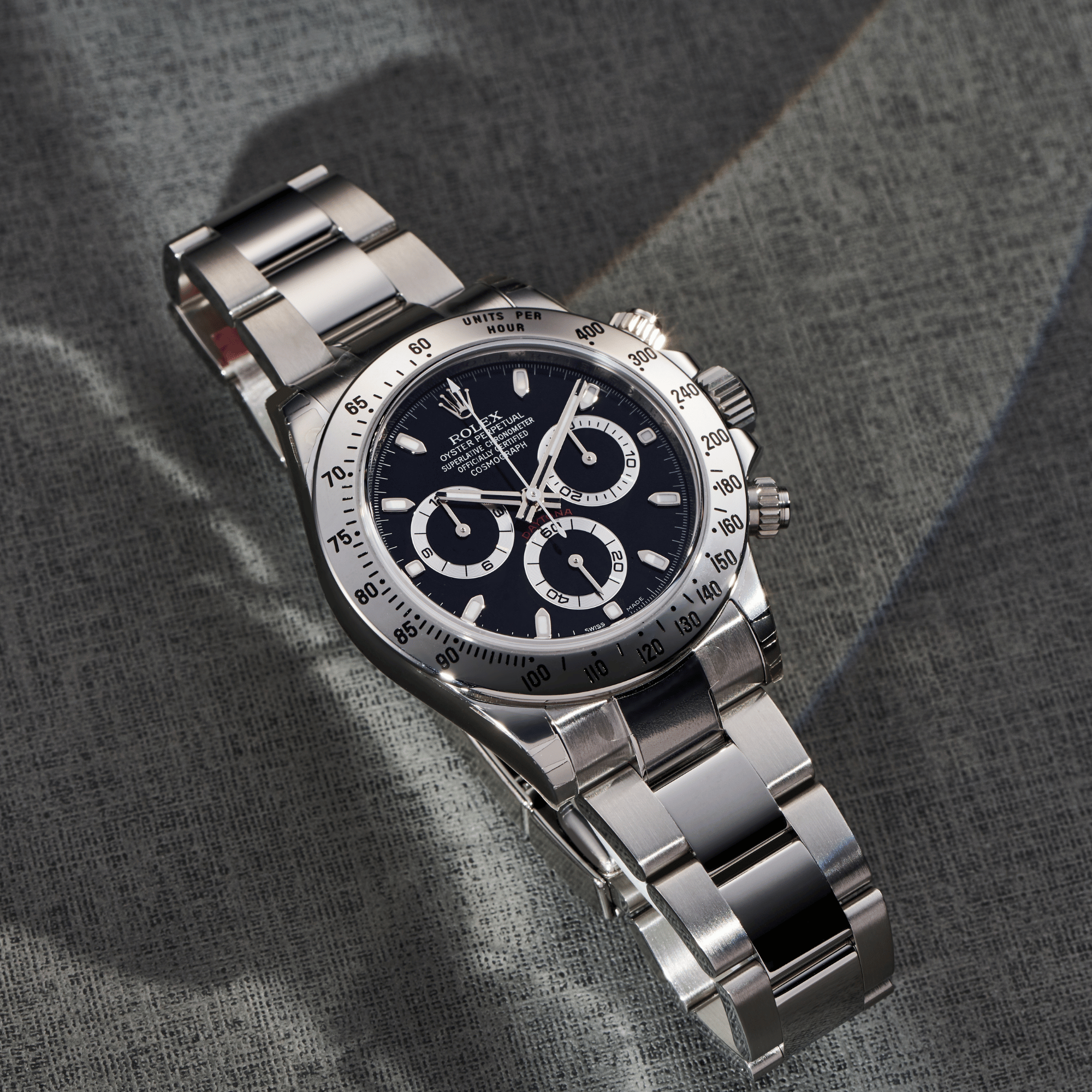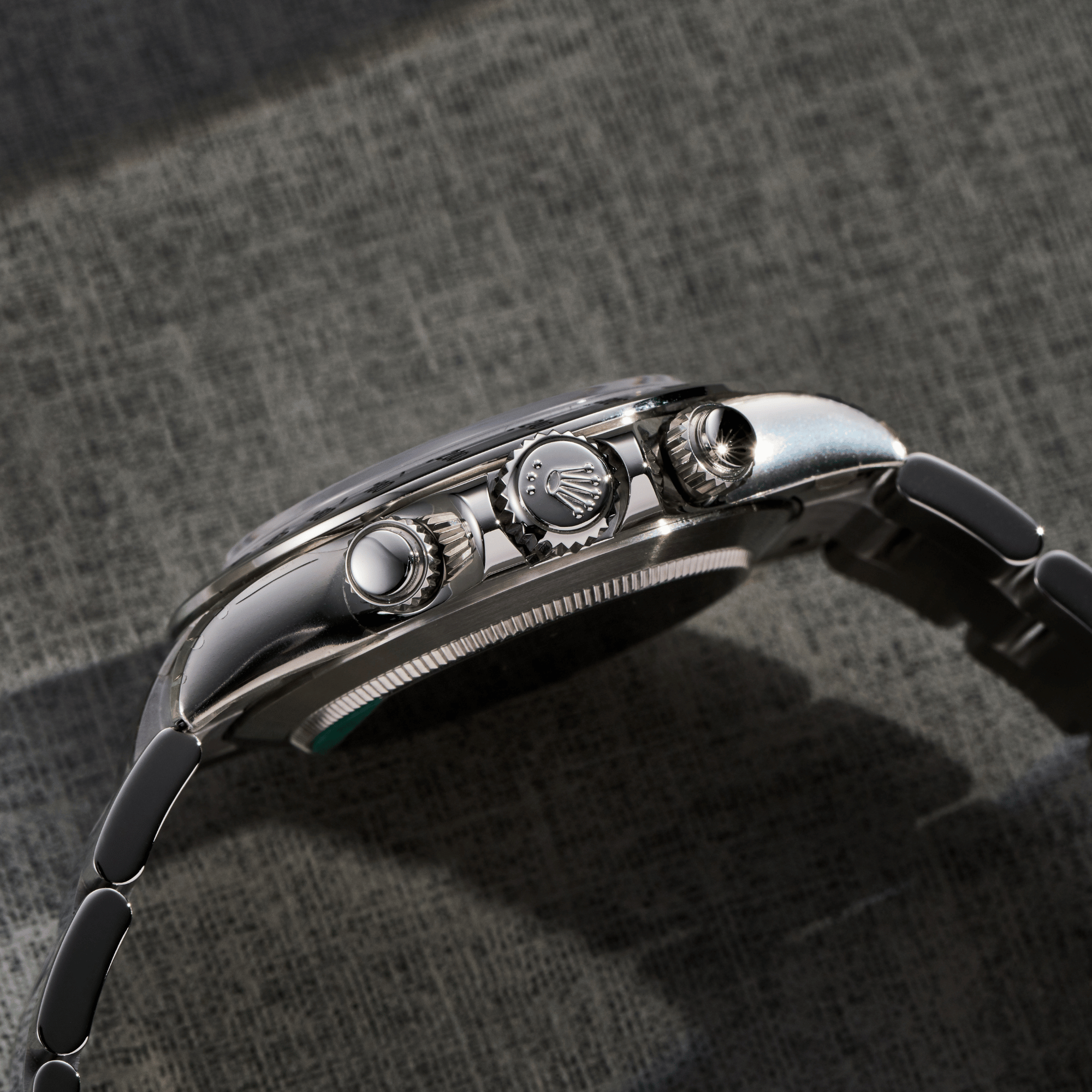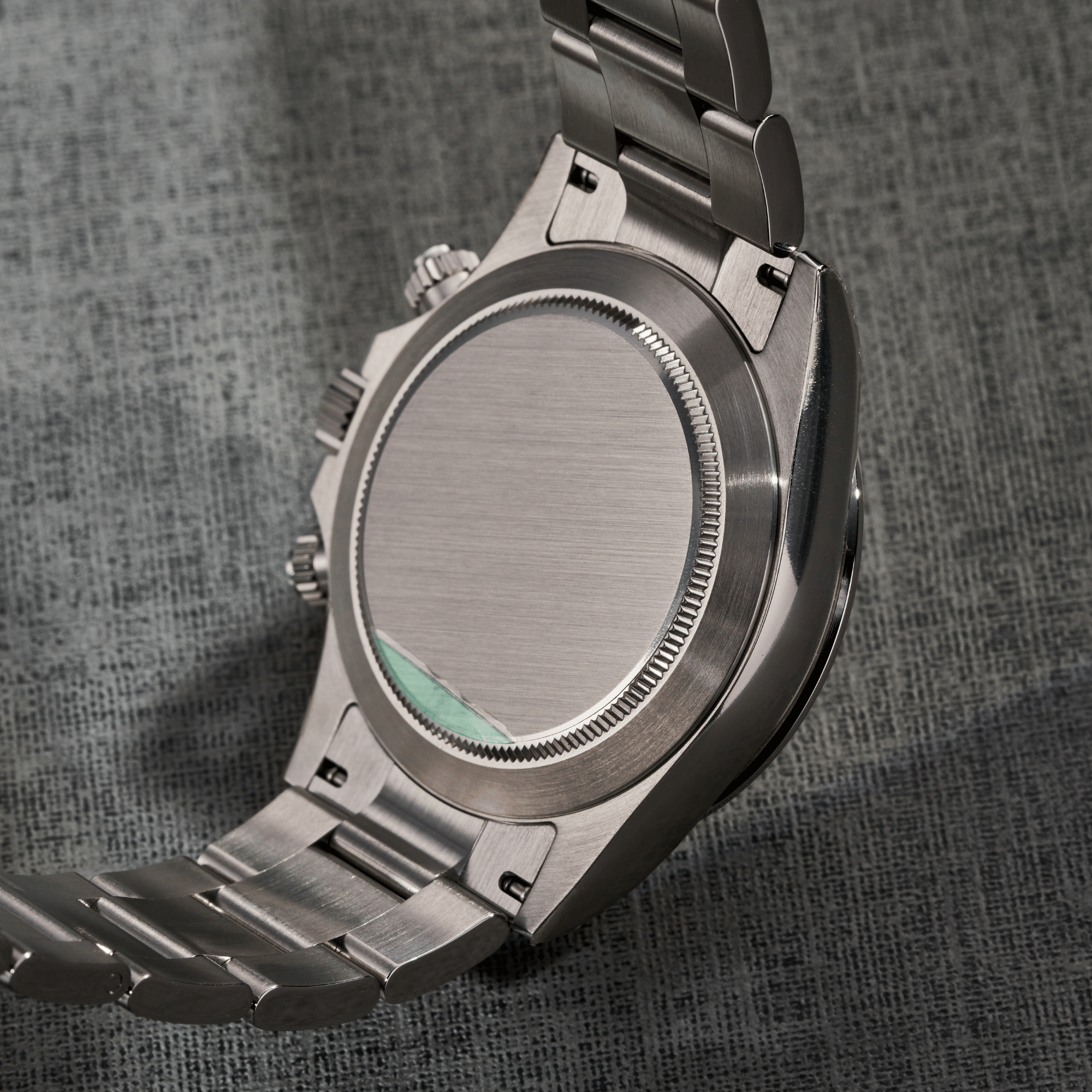The story of the Rolex Daytona can be traced back to the 1930s, when Rolex first began experimenting with mechanical chronograph watches. However, it wasn't until 1963 that the brand introduced the reference 6239, which is widely considered the first true "Daytona." While the watch was initially known simply as the "Cosmograph," it wasn't until around 1965 that the "Daytona" name made its debut on the dial. The reference 6239 marked several key innovations for the Daytona, including the use of inverted colors for the chronograph registers and the relocation of the tachymeter scale to the bezel, rather than the dial. These design elements helped give the Daytona a distinctly sporty and purposeful aesthetic, setting it apart from previous Rolex chronograph models. Over the ensuing decades, the Daytona continued to evolve, with the introduction of screw-down chronograph pushers, self-winding movements, and various case and dial configurations. The iconic "Paul Newman" dial variants, favored by the legendary actor, have also become highly sought-after by collectors. Today, the Daytona remains one of Rolex's most celebrated and desirable models, a true icon of horology that has maintained its status as the quintessential sports chronograph for over half a century.


















